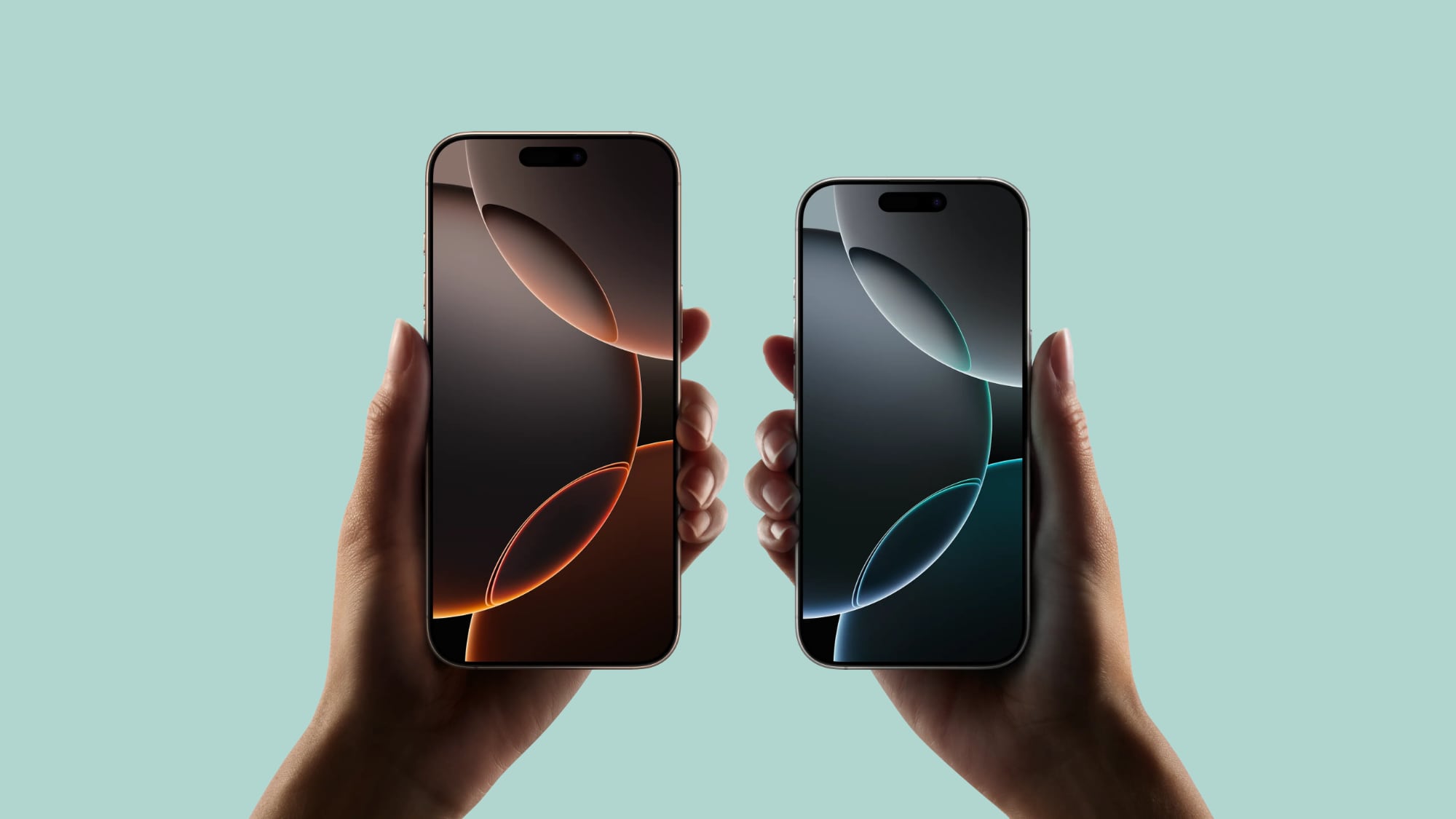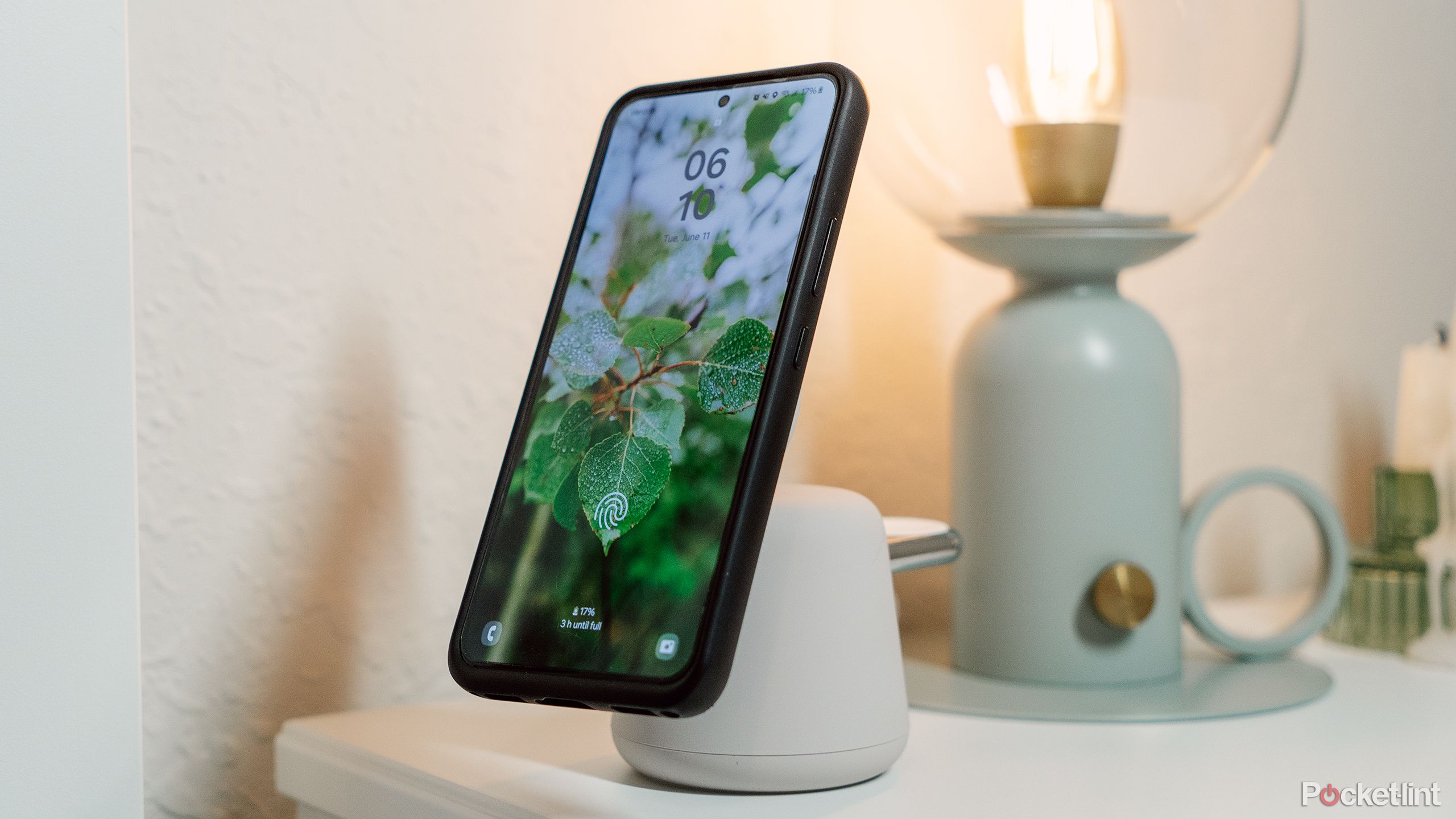How metaverse will finally help make sense of smart glasses
When Google showcased its first ever smart glasses – the Google Glass – at its annual developers’ conference, Google I/O 2012, it felt like a gizmo straight from a science-fiction movie. The same year it received recognition from Time Magazine for being the ‘Best Inventions of the Year 2012.’ Despite the initial excitement, Google Glass failed to make a mark among people. A hefty price tag of $1,500 (Rs 1,11,920 approx) coupled with privacy concerns and limited functionality forced the company to end its sales in 2015.
Two year later, Google gave the concept a second try by launching the Google Glass Enterprise Edition. But this time around, the company restricted its access to select companies. Encouraged by its success, the company rolled out the Google Glass Enterprise Edition 2 – its third device in the category – in 2019 with voice commands, greater security and Meet support. The company has been mostly silent about its smart glasses ever since.
While we have heard little from Google in this regard, other companies have chimed in. Snap Inc, for instance, has launched three generations of smart glasses under its Spectacles portfolio while Bose has introduced Frames. More recently, Facebook in collaboration with Ray-Ban launched Facebook Stories at an affordable price of $299 (Rs 22,300 approx). Additionally, Xiaomi unveiled the Xiaomi Smart Glasses that uses optical waveguide technology for displaying information on one of the lenses. But the wearable isn’t available for sale yet.
Aside from these, a number of other similar devices have been in the works for quite some time. Apple’s VR headset has gotten a varying timeline of launch over the years. Recent reports have hinted towards a 2023 launch but the company so far has neither accepted nor denied these rumours. Google too has been said to be working on a brand new piece of smart glasses after acquiring a Canadian startup North, which specialises in smart glasses, last year. The company has been actively (yet silently) hiring people for creating an “Augmented Reality OS” for an unspecified “innovative AR device.”
Now, every piece of gadget that exists in the mass market right now has a specific use case. It’s either trying to address an existing issue or it is trying to create a new use case altogether. Smart speakers and robotic vacuum cleaners are perfect examples to explain this. Robotic vacuum cleaners make cleaning easy and effortless for people from all walks of life including working professionals, households with kids and for elderly people. These devices can be scheduled to clean a particular area or the entire house at predefined time intervals or as per requirement. On the other hand, smart speakers – a product category that Amazon created with the launch of the first-gen Echo smart speaker – act as a hub for controlling all smart home devices from vacuum cleaners and TVs to lights, ACs and even air purifiers. They reduce the effort required in performing everyday tasks and enable people to control various devices in their homes even from afar using simple voice commands.
Which brings us to an important question: What problem does the smart glasses solve?
Enter: Metaverse.
Metaverse is the latest ranging tech trend that has taken the world by a storm. It is an alternative virtual space that will use a range of technologies including augmented reality (AR), virtual reality (VR), and mixed reality (MR) among others to give people a collective social experience.
Mark Zuckerberg described metaverse as a “successor to mobile internet.” “…you will be able to teleport instantly as a hologram to be at the office without a commute, at a concert with friends, or in your parents’ living room to catch up,” the Facebook founder had said while renaming his company to Meta and announcing metaverse as his company’s North Star.
Of course, Facebook…err…Meta is not the only company that is chasing this trend. Shortly after Zuckerberg’s announcement, Microsoft announced Mesh, a mixed reality-based platform that gives users a shared experience from anywhere. Similarly, Roblox and Zepeto have announced their own metaverse that companies like Ralph Lauren are using for selling their NFTs – another major ranging tech trend that has been grabbing eyeballs from celebrities and companies across industries. But that’s a discussion for some other time.
The latest company to join this trend is Samsung. The company is partnering with Zepeto’s to showcase its latest products at CES 2022 on its metaverse platform My House.
Although metaverse isn’t here yet, at least not in the way it has been envisioned to be, building blocks for the same are already in development. Companies across industries have started investing into NFTs, which will ultimately act as a currency in the real world for stepping into the metaverse. In the metaverse, NFTs will act as collectibles – be in art or even fashion trends – that will be used by our avatars. In addition to that, more and more companies are creating their own versions of the metaverse for bringing people to the virtual world. Of course, safety, interoperability and accessibility are some of the major challenges that need to be addressed before metaverse becomes sustainable. But companies are already working to address those issues and more.
So, where do the smart glasses fit in exactly?
How smart glasses will aid this trend is by acting as an interface or a platform that will help ‘bring metaverse to people’. Simply said, smart glasses will act as a tool that will help people connect with the metaverse.
Sure there are VR headsets from companies like Oculus, Magic Leap and even Microsoft, but they are too big and bulky for everyday use. Moreover, they aren’t dynamic enough to let people enjoy the best of both worlds – the real world and the virtual world – at the same time. Smart glasses, on the other hand, have an edge over VR headsets owing to their light-weight and more relatable design. They will let people travel between the two worlds more easily without putting a ‘TV on their nose’.
However, such a commute between the real world and the virtual world will require more powerful and intelligent smart glasses that can handle the computational bulk load while being easy on the eyes and light on the face. The existing smart glasses aren’t smart enough to take on this challenge yet, but with time and iterations they will take people to the metaverse.
The post How metaverse will finally help make sense of smart glasses appeared first on BGR India.




